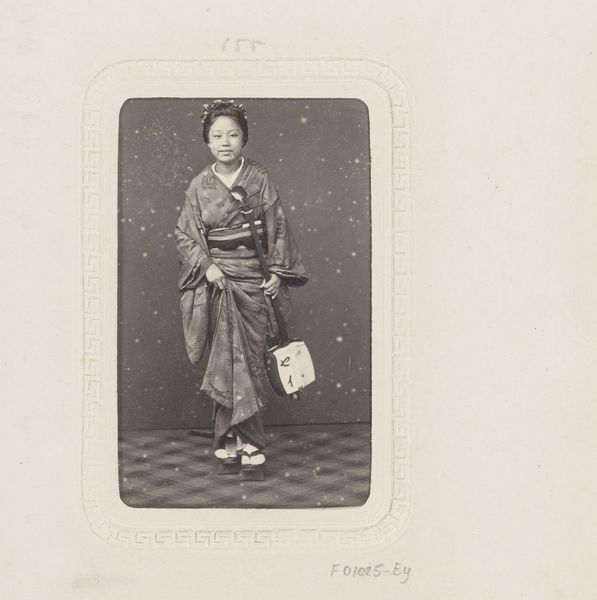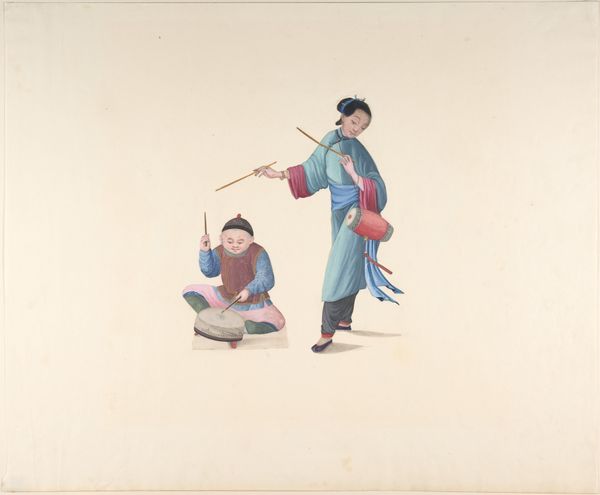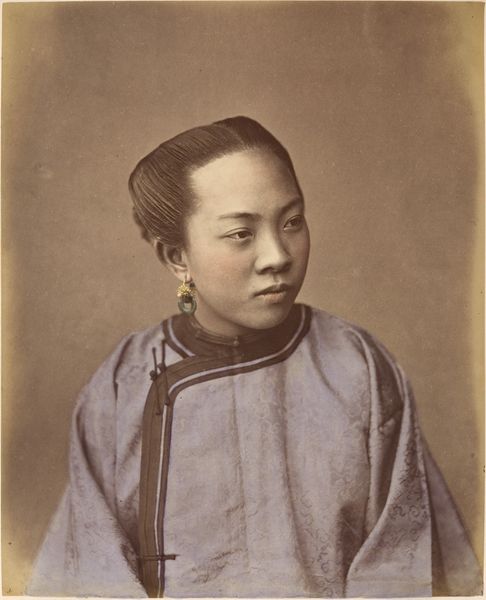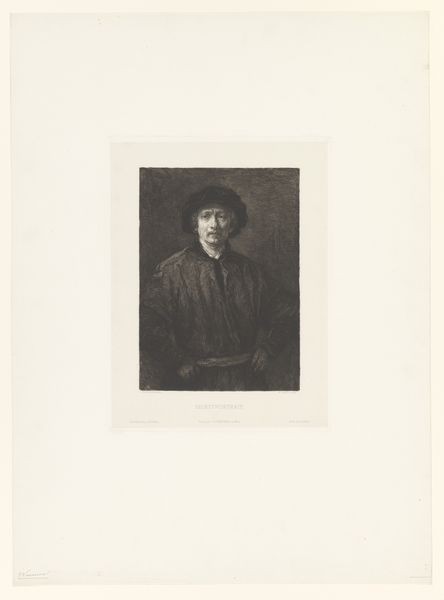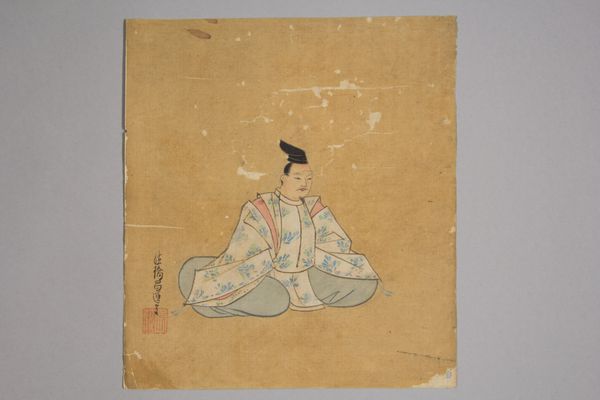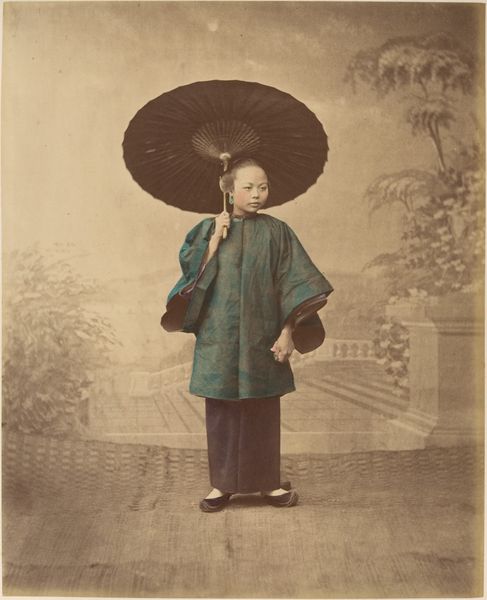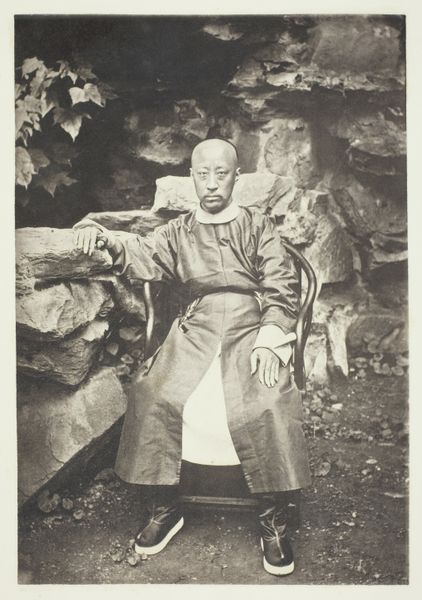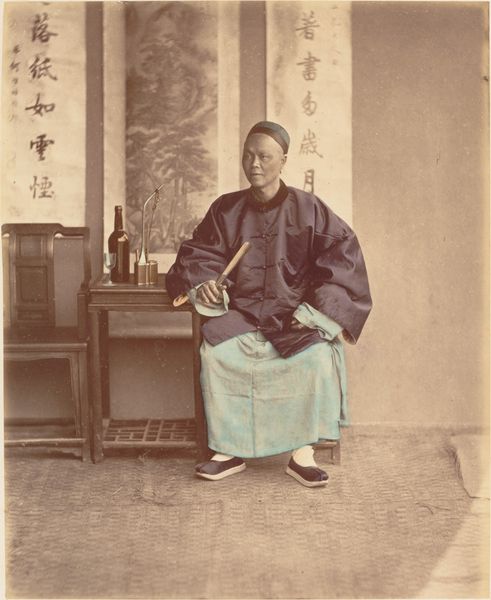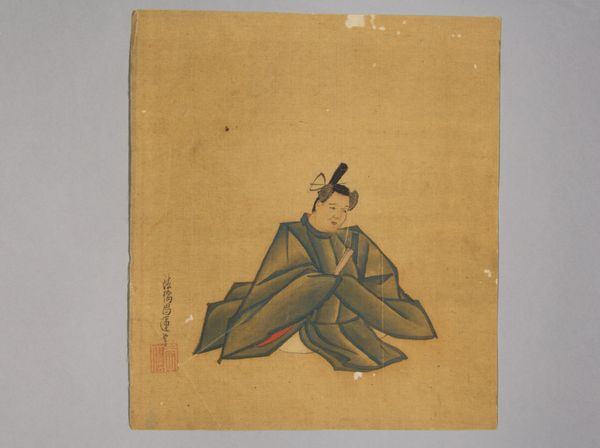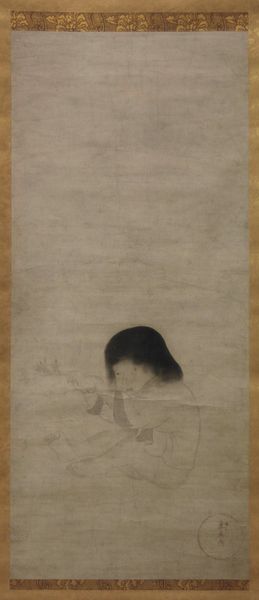
drawing, pencil
#
portrait
#
drawing
#
asian-art
#
charcoal drawing
#
pencil drawing
#
pencil
#
realism
Dimensions: height 555 mm, width 380 mm
Copyright: Rijks Museum: Open Domain
Editor: Here we have "Portret van een Koreaanse man," or "Portrait of a Korean Man," created in 1834 with pencil on paper. The portrait strikes me as being incredibly detailed. What historical and cultural contexts can you share? Curator: This work offers a fascinating window into early Western encounters with Korean culture. Given that it was created in 1834, during a period of intense Western exploration and colonization, it's important to consider this portrait not just as an objective representation, but also through a postcolonial lens. What do you notice about the subject’s gaze and attire? Editor: He looks directly at the viewer, and his clothing seems traditional, maybe suggesting his status. Is that accurate? Curator: Yes, and understanding that context helps us interpret the drawing as an encounter, and potentially as an exercise of power. Who is doing the observing, and who is being observed? How might this dynamic influence the representation? The detailed rendering could reflect a desire to document, to categorize, and ultimately, to possess knowledge of the "other." How does this perspective shift your view? Editor: It does complicate things. The image now seems less like a simple portrait and more like a document of a cultural exchange, potentially unbalanced. Curator: Exactly. Consider also the Western fascination with exoticizing and classifying different racial types during the 19th century. The meticulous details might serve to emphasize perceived differences, reinforcing existing social hierarchies. Does it challenge any of your preconceptions about portraiture? Editor: It makes me think about whose stories are being told and who is doing the telling. I never considered the power dynamics involved in portraiture so explicitly. Curator: That’s a great takeaway. Analyzing art through these lenses can help us unravel complex histories and challenge dominant narratives.
Comments
No comments
Be the first to comment and join the conversation on the ultimate creative platform.

